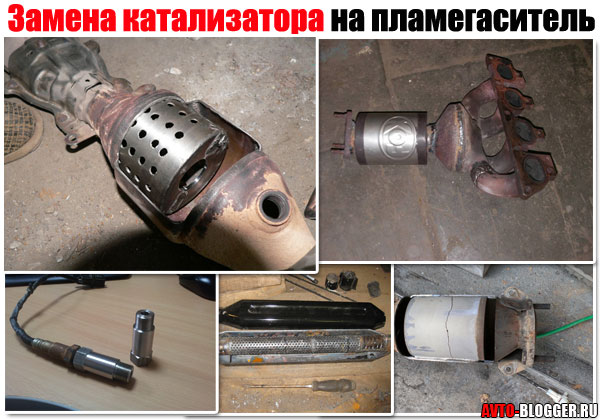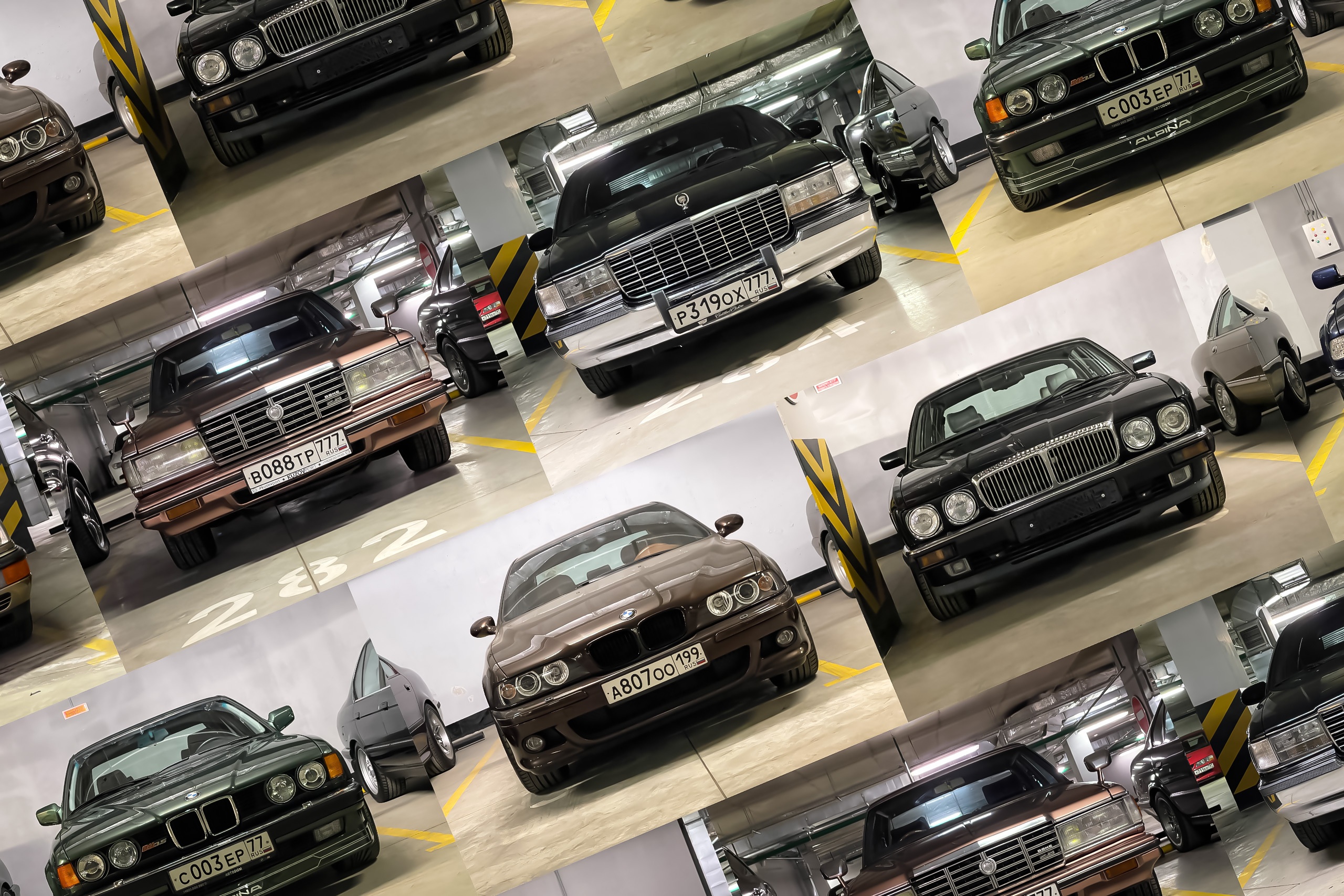
Zero resistance filter: pros and cons
In a previous article about the intercooler, we talked about the fact that engine power is directly related to the amount of air entering the cylinders. The regular air filter not only allows the necessary amount of air to pass through, but also cleans it of dust, while it resists airflow, acting as a kind of plug that takes a small percentage of power.
In order for the air to pass through the filter element more freely, a filter of zero resistance was invented. It is also called racing. If you are thinking about tuning the engine of your car, you will be offered the simplest solution - replacing the standard air filter with a zero resistance filter. Thanks to its installation, the power of the power unit will increase, according to the most conservative estimates, by 5-7 percent.

But is everything so smooth? Let's try to consider in this article on our Vodi.su portal all the pros and cons of a zero resistance filter.
Nulevik - what is it all about?
A standard air filter is made from cellulose fiber filter paper. To protect it from exposure to oil and high temperatures, it is additionally treated with a special impregnation. To increase the absorbing properties, various additives based on synthetics are also used.
Nulevik is made from several layers of cotton fabric or cotton fiber folded into several layers. These filters are of two types:
- dry type without impregnation;
- impregnated with special compounds for better retention of the smallest particles.
The effectiveness of "nulevik" in the purification of atmospheric air reaches 99,9%. Air passes quite freely through large pores, while the material retains the most microscopic particles up to one micron in size. According to manufacturers, a zero-resistance filter is capable of passing twice as much air.
Advantages
In principle, the main advantage is the increase in power. The second important plus is that it cleans the air well. It must be said that this is a controversial issue, but the principle itself is very interesting: dirt and dust settle on the outer layers of the fabric, sticking to the impregnation, and they themselves can trap other mechanical particles.
Such a filter is mainly installed on powerful cars with diesel engines or on racing cars. In addition, the sound of a running engine noticeably changes, it becomes lower and resembles the roar of a turbine. Also, the filter, if it is installed not in a regular place, but separately, looks very cool under the hood.

Disadvantages
The main disadvantage is the price. Of course, many cheap analogues have appeared on sale, which cost the same as a regular air filter, that is, in the range from 500 to 1500 rubles. But the original branded products will cost about 100-300 USD. The company stores offer products of various brands:
- Green Filter;
- K&N;
- FC;
- HKS;
- APEXI and others.
Note that "Nulevik" in a regular place will cost less. A separately installed filter is sold in a housing and prices for it can reach 17-20 thousand rubles. Plus, you will need to buy pipes to connect to the air intake. That is, such tuning will have to be spent a little.
The second negative point is that a few percent increase in power is only important for super powerful racing cars or turbocharged diesel cars. If you ride on a budget hatchback with an engine capacity of no more than 1,6 liters, then these five percent will practically not be noticeable. Well, also take into account the peculiarities of driving in a big city - in constant traffic jams, maneuverability and economy are more important than engine power.
The third point is withdrawal. If a standard air filter lasts an average of no more than 10 thousand km, then the “nulevik” needs to be cleaned of dirt every 2-3 thousand.
This is done as follows:
- remove the filter;
- carefully clean the surface of the filter element with a soft bristle brush;
- apply a cleaning agent on both sides of the surface and wait until it is completely absorbed;
- Rinse under running water and set in place without drying.
It would seem that there is nothing particularly complicated, but for example, a cleaning agent for an original K&N filter costs about 1200-1700 rubles.

The fourth point is fakes. Cheap products do not clean the air of sand and dust. And one grain of sand that gets into the cylinder can cause great damage. It is estimated that without an air filter, the engine life is reduced by a minimum of ten times.
Installation can also be problematic.
There are two installation options:
- to a regular place;
- installed separately.
The thing is that the filter is installed above the motor, and the air here warms up to 60 ° C and its density is lower, respectively, the increase in power will be the smallest. If you put it in a regular place, then this option is better, since the filter will be located either below or near the wing, where the air is colder, which means its density is higher.
Conclusions
It is rather difficult to say unequivocally whether a zero-resistance filter is so good. There are real test results on the dyno. First, a car was tested at the stand with a conventional air filter, then with a zero one. Tests showed an increase in power by literally two percent.

Indeed, "nuleviks" are installed on racing cars. However, after almost every race they are changed, and the motors are sorted out. If you install it on your car, which you drive to work and on business, then you won’t notice any particular difference. In this case, you will have to overpay for the filter itself and its maintenance.
Loading…

